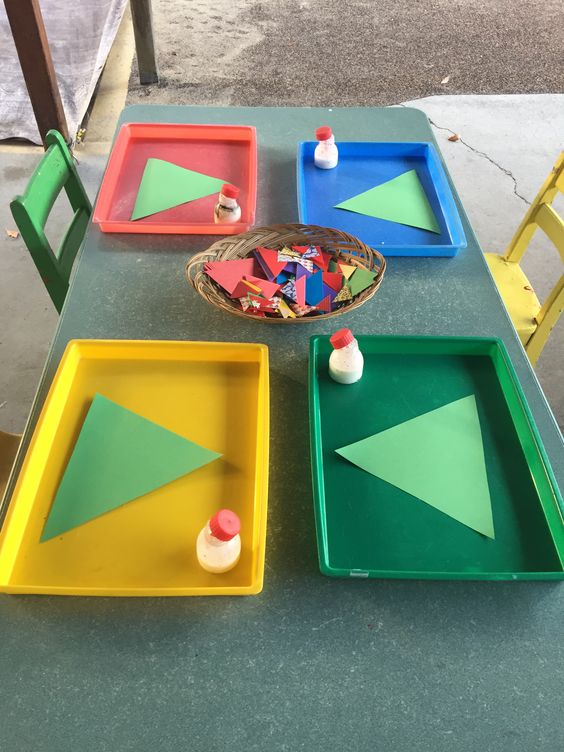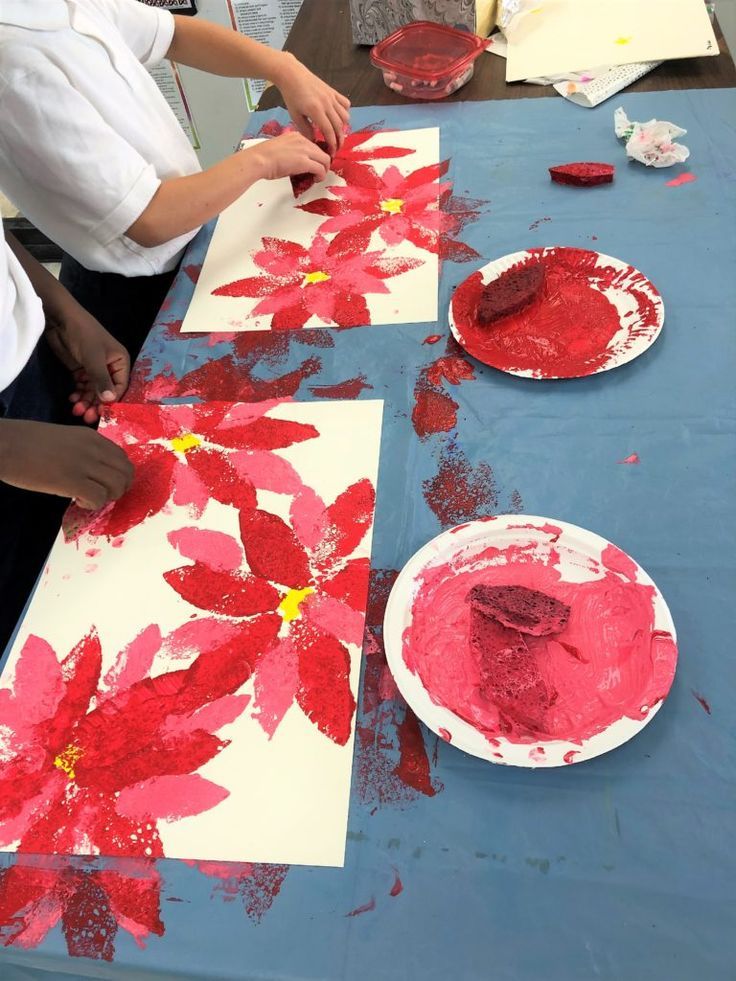1. Poster Design Contest: Encourage students to create posters on drug prevention, showing the negative effects of drugs, or encouraging students to make healthy choices.
2. Role-play Scenarios: Organize short role-play scenarios where students must address various situations involving drugs and come up with a solution that supports their well-being.
3. Guest Speakers: Invite local law enforcement officers, former addicts, and healthcare professionals to discuss the impact of drug abuse on individuals, families, and communities.
4. Classroom Debates: Divide students into groups and have them debate different aspects of drug misuse to increase their understanding of the issue.
5. Mentorship Programs: Set up a peer mentorship program by partnering older middle school students with younger students to discuss making responsible choices regarding drugs and alcohol.
6. Creative Writing Assignment: Have students write essays or stories about the consequences of drug use, exploring the physical, emotional, and social impacts.
7. Myths vs. Facts Sheet: Create a handout containing common myths about drug use, debunking each one with accurate information.
8. Drug-Free Pledge: Have students sign a pledge committing to stay drug-free and create a display in the school featuring their signed pledges.
9. PSAs: Encourage student groups or classes to create short public service announcements highlighting the importance of drug prevention.
10. Research Projects: Assign small research projects on addiction or various drugs, having students present their findings to classmates.
11. Red Ribbon Week: Organize a week-long event promoting drug prevention through assemblies, awareness campaigns, and classroom activities.
12. Field Trip: Arrange visits to local addiction treatment centers or rehabilitation facilities for an inside look at the recovery process.
13. Movie Screening and Discussion: Show relevant documentaries or films about addiction and facilitate discussions afterward about lessons learned.
14. Visual Timeline Display: Create a visual display chronicling famous individuals whose lives were affected by drug addiction.
15. School Assembly: Plan a special assembly focusing on drug awareness education, featuring speakers or performances that drive home the message.
16. School Newsletter Articles: Publish informative articles on drug awareness, prevention, and support resources in the school newsletter.
17. Decision-making Exercises: Engage students in activities or discussions that teach them how to make good decisions under social pressure situations involving drugs.
18. Self-Esteem Building Activities: Implement programs that cultivate self-esteem, giving students the necessary skills to say no to drugs and maintain a healthy lifestyle.
19. Family Education Night: Host an evening event where parents can learn about drug prevention strategies and methods for discussing these issues with their children.
20. Art Exhibit: Organize an art exhibit showcasing student artwork on the themes of resilience, hope, and making positive choices in the face of potential exposure to drugs.
These 20 drug awareness activities aim to educate middle school students about the dangers of drug use while promoting positive decision-making skills necessary for maintaining a healthy lifestyle.











